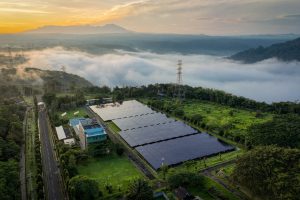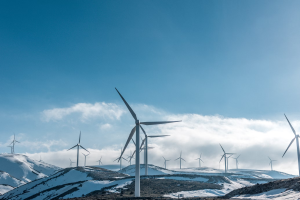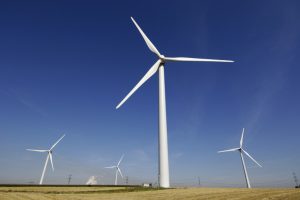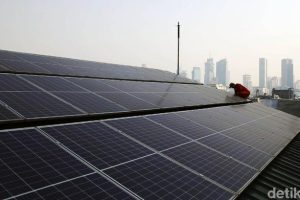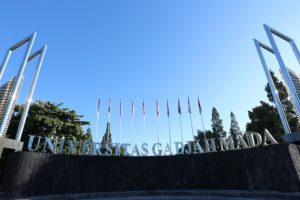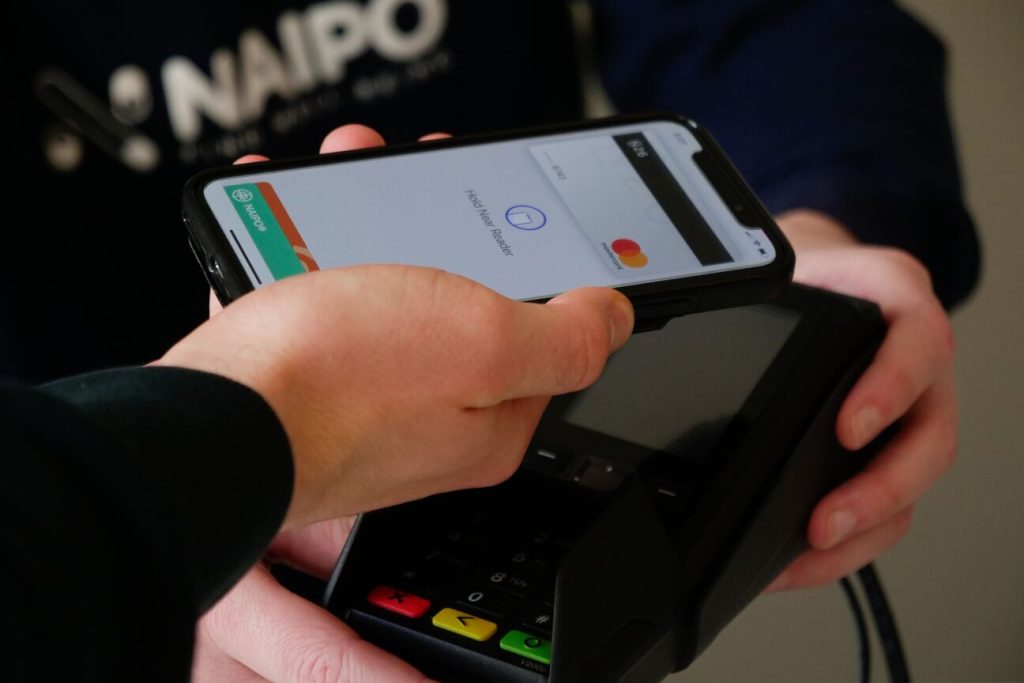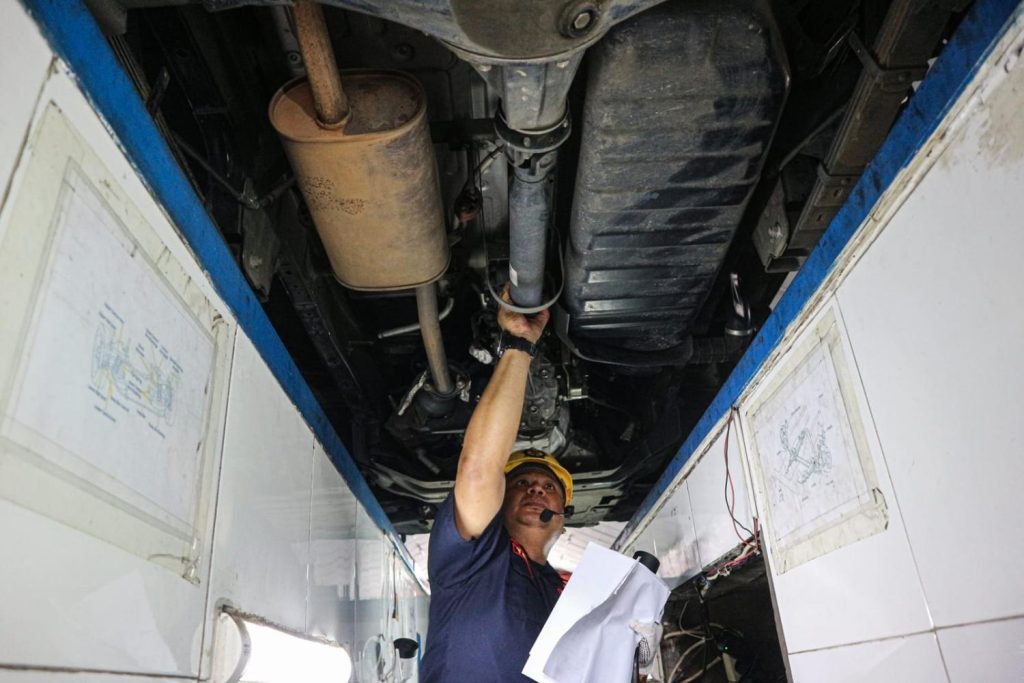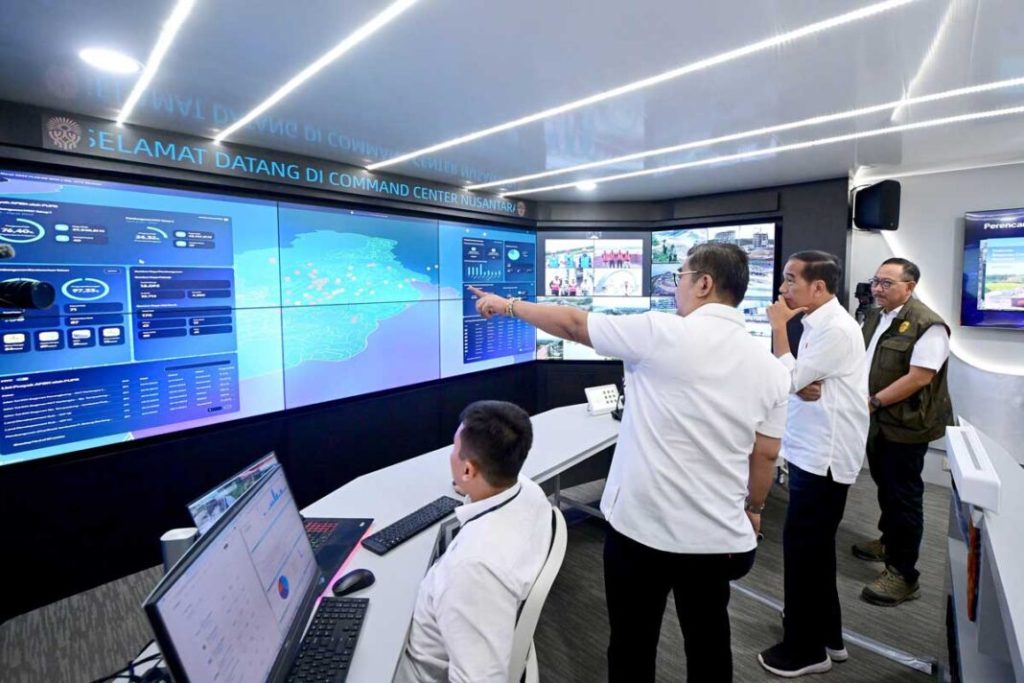The biggest challenge for developing countries after being severely struck by the COVID-19 pandemic is reviving the economy sector. Indonesia, as one of them, should learn from the 1997-1998 crisis that economic recovery will not happen in a single night. Therefore, Indonesia needs to consider a sustainable solution. Optimizing the available green energy sources, such as geothermal energy, can be the best option. It will not only confirm Indonesia’s commitment to the Paris Agreement but also strengthen its energy security.
Every country is still battling with COVID-19 after this outbreak creates a devastating impact on public health and economic development. As a result, each government is exercising every available solution to fix the health issues and to recover its national economy because the key answer itself is unknown. While countries begin to rebound from the economic setback, there was an urge by technology experts during the June Momentum for Climate Change to encourage the green recovery. They stressed that the commitment to the Paris Agreement is essential to achieve a green, sustainable economy post-COVID-19 with the established climate technologies.
Indonesia’s government should consider post-COVID-19 recovery as an opportunity to rebuild the economic systems that align with the green recovery initiative. This opportunity is attainable with Indonesia’s abundant new and renewable energy (NRE) resources. According to the Directorate General of New and Renewable Energy and Energy Conservation (Dirjen EBTKE), Indonesia owns an NRE potential with a total capacity of 420 GW. However, the resources are still underutilized, with only 2.4% of the total capacity, approximately 9.9 GW, installed (Table 1). Therefore, this potency should be elevated to support green economy recovery in Indonesia.
Increasing the utilization of geothermal energy should be one of the green economy solutions. According to Kewen Li’s research, geothermal energy has many advantages that the other NRE sources are absent, such as high thermal efficiency, excellent stability, weather-proof, base-load abilities, less land requirement, and less ecological effect. However, the development of geothermal energy requires a substantial initial investment, long payback time, and long construction time.
Table 1. Renewable energy potentials in Indonesia.
| Source | Potential Resources (GW) | Realization (GW) | Percentage (%) |
| Geothermal | 25.4 | 2 | 0.48 |
| Hydropower | 75 | 5.8 | 1.38 |
| Bioenergy | 32.6 | 1.9 | 0.45 |
| Wind | 60.6 | 0.15 | 0.04 |
| Solar | 207.8 | 0.082 | 0.02 |
| Sea | 17.9 | Currently on the research stage | 0.00 |
| Total | 419.3 | 9.932 | 2.37 |
Indonesia has a significant advantage with abundant geothermal resources. As Indonesia is surrounded by volcanoes (ring of fire), geothermal resources are found throughout the Indonesian archipelago, with a total potential capacity of 25.4 GW. Nevertheless, the utilization of geothermal as an energy source is still very low. According to Ida Nuryatin Finahari, Director of Geothermal, Ministry of Energy and Mineral Resources (ESDM), the installed capacity only reaches 2 GW (8% of the total capacity), with most infrastructure development occurring in Java Island (Table 2).
The government realizes that geothermal energy should be more utilized. Then, the government, through the Dirjen EBTKE, compiles a Geothermal Roadmap until 2030 with a target of installed capacity up to 10 GW. By the end of 2019, the total installed geothermal energy capacity reached 2.136 GW, slightly higher than the projected geothermal roadmap in the same year (Figure 1). The increased use of geothermal energy shows the government’s real intention to maximize the available resources. However, efforts to achieve the installed capacity target in 2030 will have a long way to go. High growth and large investment are needed to develop 8 GW in the next eight years.
Table 2. Geothermal resources and reserves in Indonesia.
| No | Island | Num. of location | Potential Energy (MW) | Total (MW) | Installed Capacity (MW) | ||||
| Speculative | Hypothetic | Reserves | |||||||
| Possible | Probable | Proven | |||||||
| 1 | Sumatera | 103 | 2,776 | 1,689 | 3,889 | 1,083 | 1,028 | 10,465 | 617 |
| 2 | Java | 73 | 119 | 146 | 3,708 | 516 | 182 | 8,694 | 1,254 |
| 3 | Bali | 6 | 70 | 22 | 122 | 110 | 30 | 354 | 0 |
| 4 | Nusa Tenggara | 28 | 225 | 210 | 829 | 121 | 125 | 1,397.5 | 12.5 |
| 5 | Kalimantan | 14 | 151 | 18 | 12 | 0 | 0 | 181 | 0 |
| 6 | Sulawesi | 89 | 136 | 362 | 1,041 | 180 | 120 | 3,063 | 120 |
| 7 | Maluku | 33 | 560 | 91 | 497 | 6 | 2 | 1,156 | 0 |
| 8 | Papua | 3 | 75 | 0 | 0 | 0 | 0 | 75 | 0 |
| Total | 349 | 6,407 | 3,852 | 10,099 | 2,016 | 3,012.5 | 25,386.5 | 2,003.3 | |

Figure 1. Geothermal energy roadmap 2010-2025.
The past five years’ geothermal investment depicts the bumpy road that the government needs to pass. As shown in the PYC Data Center, the 2019 investment dropped significantly and has the lowest invested capital since 2015 (Figure 2). Multiple reasons have unsettled geothermal energy development, such as the high dependency of fossil fuel, permit complexity, uncertainty in regulation, the unattractiveness of geothermal project economics due to PLN’s average electricity generation cost (BPP) tariff and Power Purchase Agreement (PPA) terms, and social acceptance. Consequently, they generate an unfriendly investment climate and reduces the capital for exploration activity to identify the untapped resources. However, the current situation is not necessarily shut the desire of investors. Both State-owned Enterprise (BUMN) and private companies, such as Pertamina Geothermal Energy, Geo Dipa Energi Persero, and Medco Power Indonesia, are committed to financing several geothermal energy projects. It indicates that Indonesia is still a promising land for geothermal energy investment, but the government surely needs to reform several aspects that may hamper geothermal energy investment opportunity.

Figure 2. Geothermal investment realization in 2015-2019.
The government’s commitment to growing geothermal energy utilization will be vital to create a friendly and sustainable investment climate. This commitment should be implemented by improving existing regulations (Renewable Energy Law, Presidential Regulation, and Ministerial Decree) and ensuring its consistency (minimizing regulations changed).
Specifically, the government needs to prepare an economic incentive scheme or fixed tariff to increase the project economies and assure the project certainty. The government may bear the price difference between State Electricity Company (PLN) and Independence Power Producers (IPP) by considering the multiplier effects potential. Also, the PPA terms need to be revised to increase the project bankability. The revision will open the opportunity to access potential funding.
The government also needs to simplify the bureaucracy and permits, which hinder investment acceleration. Moreover, geothermal development in Eastern Indonesia should be enhanced. The participation of the regional government will also be important to educate the society, to increase national energy security awareness, and to get their acceptance.
Finally, the government should exercise the opportunity of a joint study involving ESDM, BUMN, private sectors, and educational institutions to assess untapped geothermal resources. The joint study will not only be the solution to access potential funds but also the best term to ensure the knowledge sharing process. Exploration of new potential resources will strengthen national energy security, especially in facing a critical condition.
In conclusion, green economy recovery in Indonesia by utilizing geothermal energy is a realistic scenario if the government is committed to doing so. The geothermal development should be accelerated by reconstructing existing regulations to facilitate the investment opportunity. Thus, it is necessary to enact the NRE bill, which is currently being discussed in the plenary session of Indonesia’s House of Representative (DPR RI). Hopefully, the legal products can support the sustainability of NRE utilization, especially geothermal energy. The commitment to supporting NRE utilization should also apply to its derivative legal products such as Presidential Regulation and Ministerial Decree.
Disclaimer: This opinion piece is the author(s) own and does not necessarily represent opinions of the Purnomo Yusgiantoro Center (PYC).
